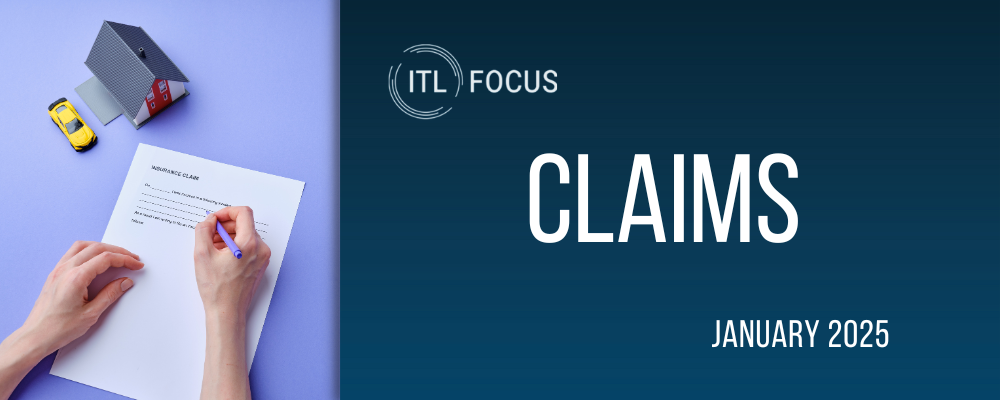This is the ninth article in an 11-part series on Owner Controlled Insurance Programs. Preceding and subsequent articles in this series can be found here: Part 1, Part 2, Part 3, Part 4, Part 5, Part 6, Part 7, Part 8, Part 10, and Part 11.
Particular Challenges Of Owner Controlled Insurance Program Claims (continued)
Contractual Disputes and Mechanics Liens
Liability insurance is designed to cover damage caused by the defective work or negligence of an insured contractor; it does not become involved when the only dispute concerns completion of work and payment for work. In Owner Controlled Insurance Programs, the distinction between a liability insurance claim and a contractual claim often becomes blurred or obliterated when the claimed basis for nonpayment is defective work that may be partially covered by insurance. The scenario is usually presented by a suit to enforce a mechanics lien by the subcontractor, which is answered by the claim that, as a result of defective and/or incomplete work, the contractor's lien is offset to some degree. There are a number of specific issues to consider.
First, assume that the property owner chooses to answer the complaint and raise, as an affirmative defense, that the contractor is not entitled to the full amount of the lien because of defective work. The assertion of an affirmative defense is not recognized as a claim for damage against the insured contractor, which the insurance company would have to defend. The owner, who is likely the sponsor of the insurance program, may not want to trigger coverage, because in many programs the sponsor is responsible for a sizable retention. In many instances the contractor's liability for the deductible is set by contract at a much smaller amount. Thus, because of the way an owner chooses to proceed, the insured contractor may be left with no assistance with the legal expense or payment of damage.
Second, if there is an answer only, there is no separate pleading seeking damage such as a third-party complaint, which would make the presentation of evidence logical (first, claim for money under the contract; second, offsets for construction defects; third, defense to construction defect claims). Therefore, dividing the responsibilities between liability defense counsel and the insured's mechanics lien attorney is more expensive and critical. In many instances, it is in the insured's interest to allow the insurance company to participate in defeating construction defect claims, given their experience in litigating and trying such claims.
Third, however, the insurance company may ultimately be liable for some portion of the award, if it chooses not to defend. In the only California case to address the problem directly, Construction Protective Services, v. TIG Specialty (2001) 29 Cal.4th 189, the Supreme Court acknowledged that an affirmative defense is not by itself a claim for damages, but can share attributes with a cross-complaint that is such a claim for damage. The court acknowledges that an affirmative defense could result in an offset, for damages that are within the scope of coverage, to which the insurance company might be obligated to provide coverage. The holding of the case is suspect, since it was based on a limited factual record and the court could not rule on the ultimate issue as to whether the policy as issued would be obligated to defend. However, insurance companies and insureds should not discount the possible implication of liability insurance in a mechanics lien claim.
In short, mechanics liens claims present every complication of an Owner Controlled Insurance Program. The sponsor/ owner is the insurance company's adversary if there is a covered claim against an insured contractor. The insurance claims may not be procedurally separate from the contract claims, which makes assigning counsel and representation of the contractor more difficult. To successfully resolve such claims, communications and clear objectives between the enrolled contractor and the insurance company are critical, if there is to be a voluntary contribution to the settlement by the insurance company. The insurance company may also be able to use its direct business relationship with the owner to try to work out an acceptable solution for all three parties.





